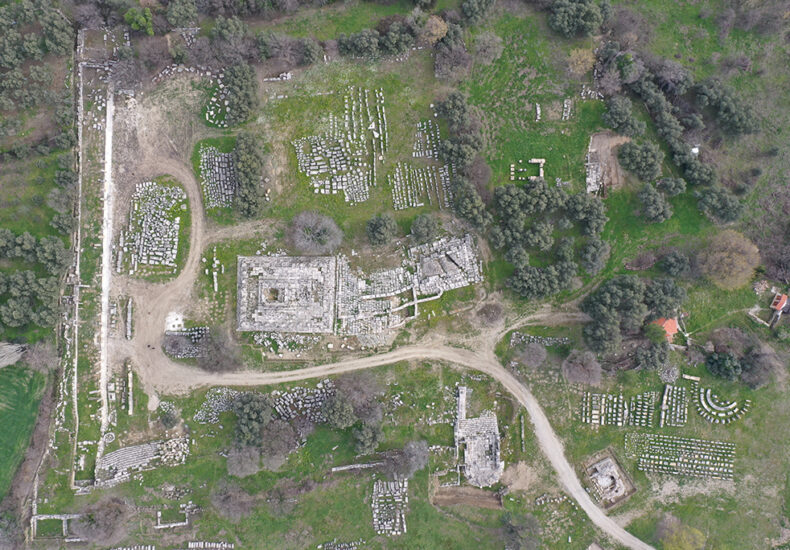
Unveiling the Mysteries of the Hekate Temple: A Glimpse into Lagina’s Ancient Sacred Site
Situated near the town of Yatağan in Muğla Province, southwestern Türkiye, the Lagina Sanctuary of Hekate is one of the most significant ancient religious centers dedicated to Hekate, the goddess of magic, crossroads, and the underworld. At its core stands the remarkable Hekate Temple, a masterpiece of Hellenistic architecture and symbolic storytelling that sheds light on the political and cultural dynamics of the period.
Built on a five-step platform, the temple follows the pseudodipteros plan and is oriented along a northwest-southeast axis. It features 8 columns on its narrow side and 11 on the longer side. The columns reflect a sophisticated blend of Ionic and Corinthian styles, showcasing the rich architectural traditions of the Hellenistic era. Decorative anthemion motifs embellish the architraves, although some remain unfinished, suggesting a complex and lengthy construction process.
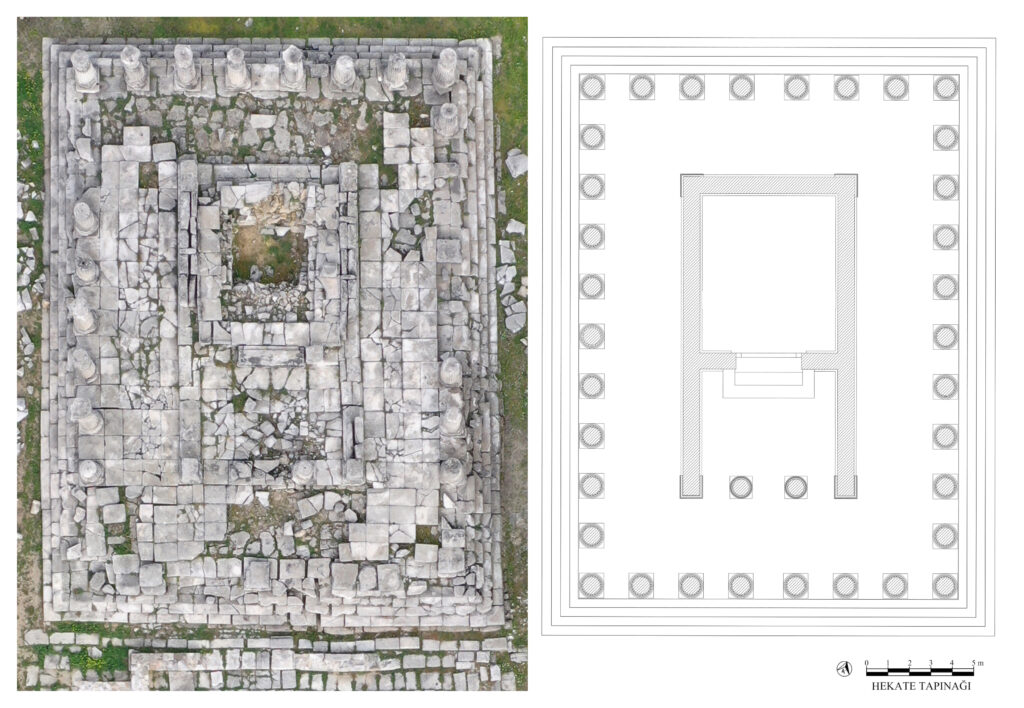
Friezes Depicting Peace and Friendship
The temple’s outer friezes narrate four key scenes:
- The east frieze illustrates the birth and life of Zeus.
- The north frieze depicts the peace and friendship between the Amazons and Greeks, featuring Hekate pouring a sacred libation in honor of this alliance.
- The west frieze shows the epic battle between gods and giants (Gigantomachy), with Hekate wielding her torch as a weapon.
- The south frieze likely represents Carian deities and their cities, though exact identifications remain uncertain.
This unique combination of themes reflects the Hellenistic era’s political message emphasizing peace after prolonged periods of war and unrest.
Additional Reliefs of Gods and Heroes
Recent excavations revealed new frieze blocks on the temple walls, showing scenes different from those on the columns. These reliefs likely depict heroes from the Trojan War and assemblies of gods such as Hermes, Demeter, Hades, and Persephone. Unlike the dynamic battle scenes, these portray calm and harmonious moments, symbolizing order and stability.
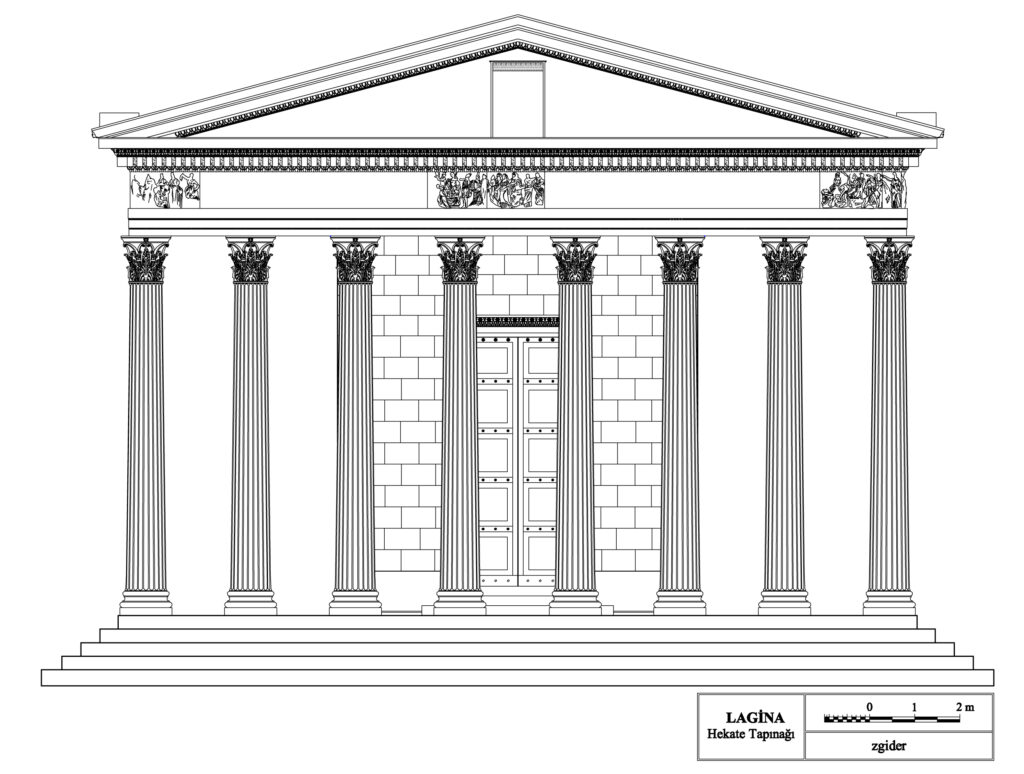
Unique Ritual Practices Honoring Hekate
A sunken offering pit (bothros) found on the temple floor indicates rituals connected to Hekate’s role as an underworld goddess. Similar sacrificial scenes appear on the northern frieze, suggesting that important ceremonies were held within the temple’s sanctuary.
Ongoing Restoration and Research
Since 1993, archaeological teams have carefully cataloged and mapped architectural elements to guide restoration efforts. Stable column bases and capitals have been temporarily repositioned to help visitors visualize the temple’s original layout. Some decorations date as late as the Early Roman Imperial Period, showing that construction and embellishment continued over centuries.
Dating the Temple: A Timeline of Ancient Legacy in Southwest Türkiye
An inscription from the Roman senate engraved on the temple wall confirms its existence by 81 BCE. However, architectural details suggest construction phases ranging from the late 2nd century BCE to the early 1st century BCE. The combination of Corinthian capitals and other elements points to a complex building history and extended artistic activity.
Cover Photo: Lagina Sanctuary of Hekate and the Hekate Temple. Photo credit: Pamukkale University
You may also like
- A 1700-year-old statue of Pan unearthed during the excavations at Polyeuktos in İstanbul
- The granary was found in the ancient city of Sebaste, founded by the first Roman emperor Augustus
- Donalar Kale Kapı Rock Tomb or Donalar Rock Tomb
- Theater emerges as works continue in ancient city of Perinthos
- Urartian King Argishti’s bronze shield revealed the name of an unknown country
- The religious center of Lycia, the ancient city of Letoon
- Who were the Luwians?
- A new study brings a fresh perspective on the Anatolian origin of the Indo-European languages
- Perhaps the oldest thermal treatment center in the world, which has been in continuous use for 2000 years -Basilica Therma Roman Bath or King’s Daughter-
- The largest synagogue of the ancient world, located in the ancient city of Sardis, is being restored

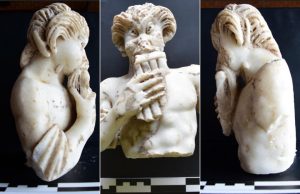
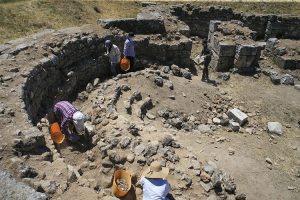
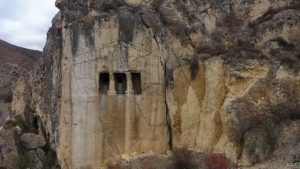
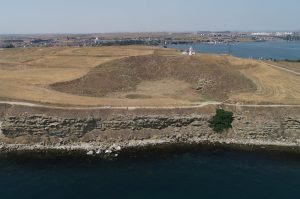
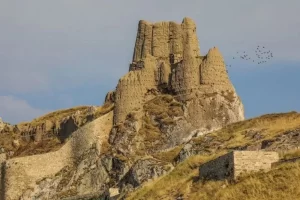
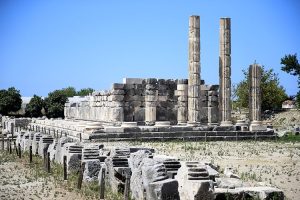


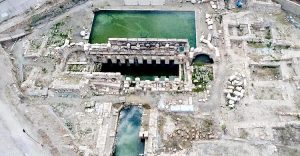
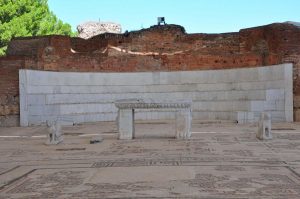
Leave a Reply